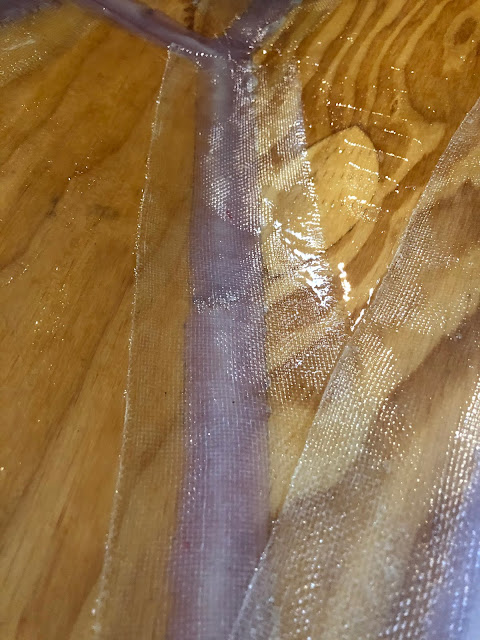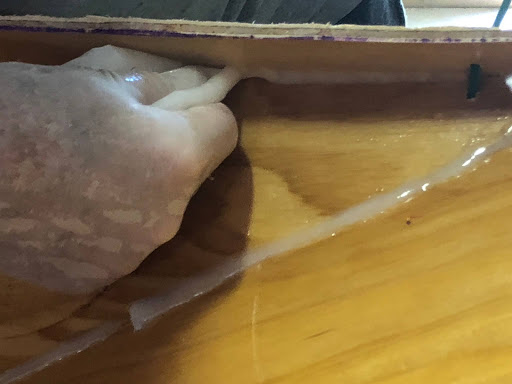Installing Framing to Receive Deck Panels
Installed framing around the bow compartment. Took a little math to get the angles just right. The framing is epoxied in the bow. It's cut for the stern, but I ran out of clamps. Tomorrow is another day.
Stern


































